Ready to study in USA from Nepal? We will guide you through the whole process, whether it be admission, scholarship, universities, or anything else you may need!

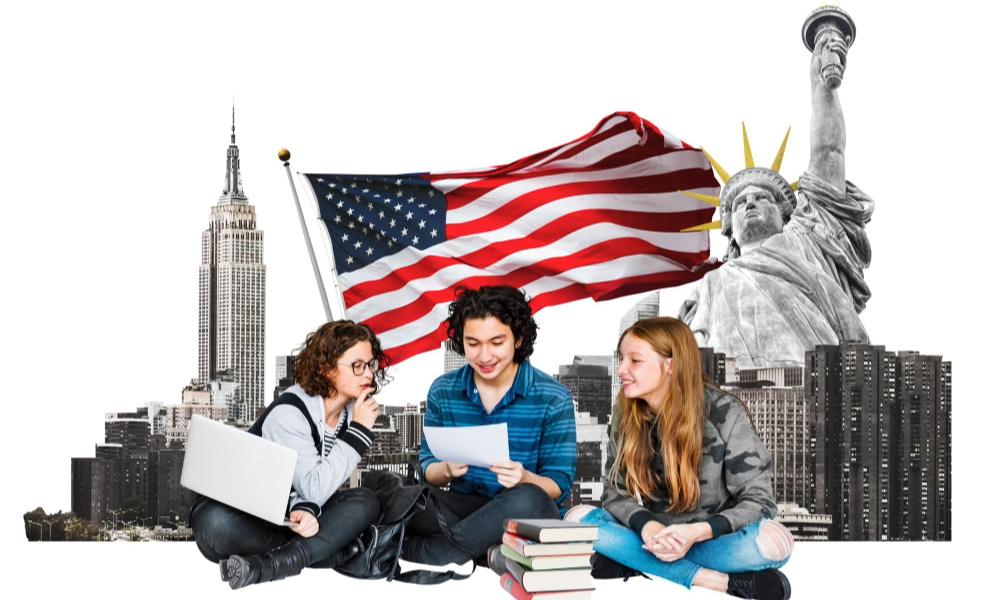
Here are the top 7 reasons why international students choose to study in the USA for their abroad study experience:
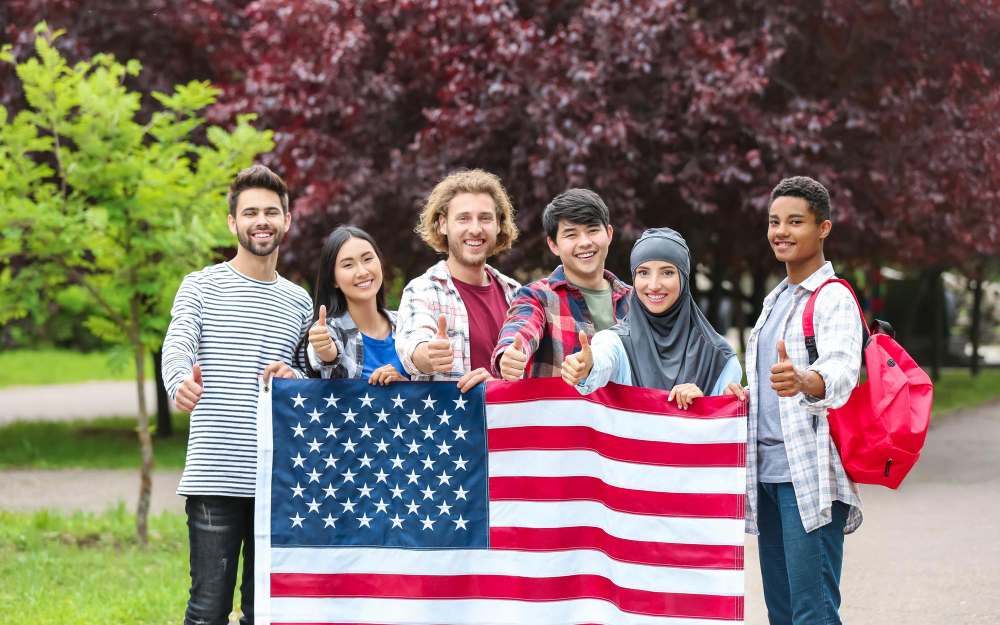
As a Nepali student, studying in the United States gives you access to a wide range of learning opportunities. Students at US universities come from many parts of the world, helping to build cross-cultural relationships and a global perspective. This experience makes learning better, expands how students see the world, and prepares them for success in an interconnected job market.
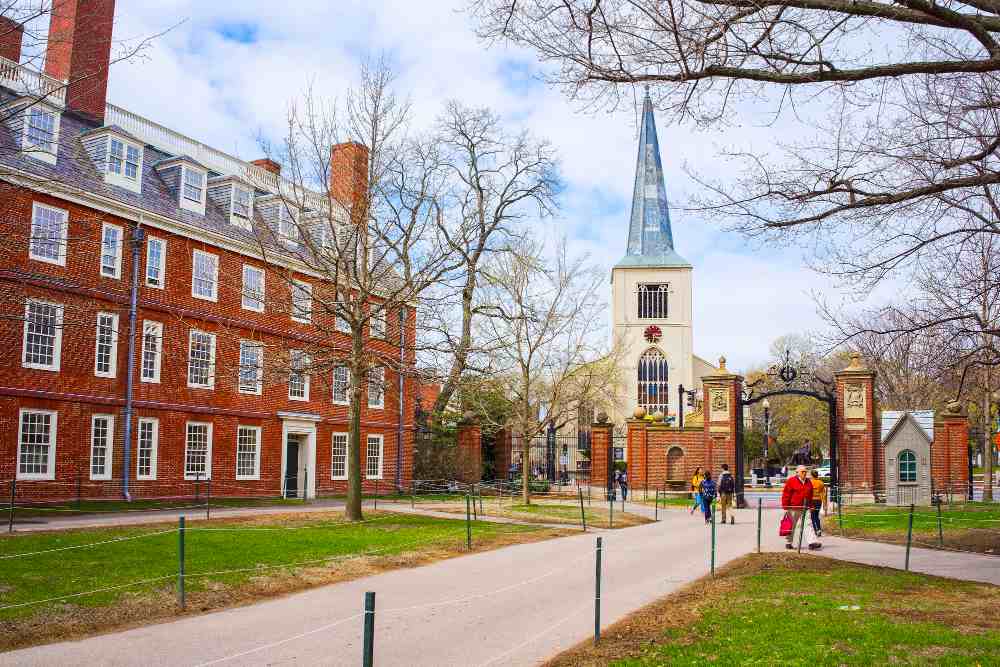
According to QS Rankings 2025, 16 US universities come under the top 50 ranking. More than 4000 universities and colleges in the United States run excellent undergraduate and graduate programs. The USA is also the home of some of the world's top universities, including Harvard, Stanford, and MIT. Getting an educational degree from one of these prestigious universities will open the door to exceptional career opportunities all over the world.

According to Global Finance Magazine, nearly 90% of all businesses around the world in terms of market capitalization have American origins. The country is also home to the largest number of Fortune 500 organizations, including giant companies like Apple, Amazon, Google, and Microsoft. Thus, this provides a wide range of career choices and allows international students to get internships and job placements in these industries.
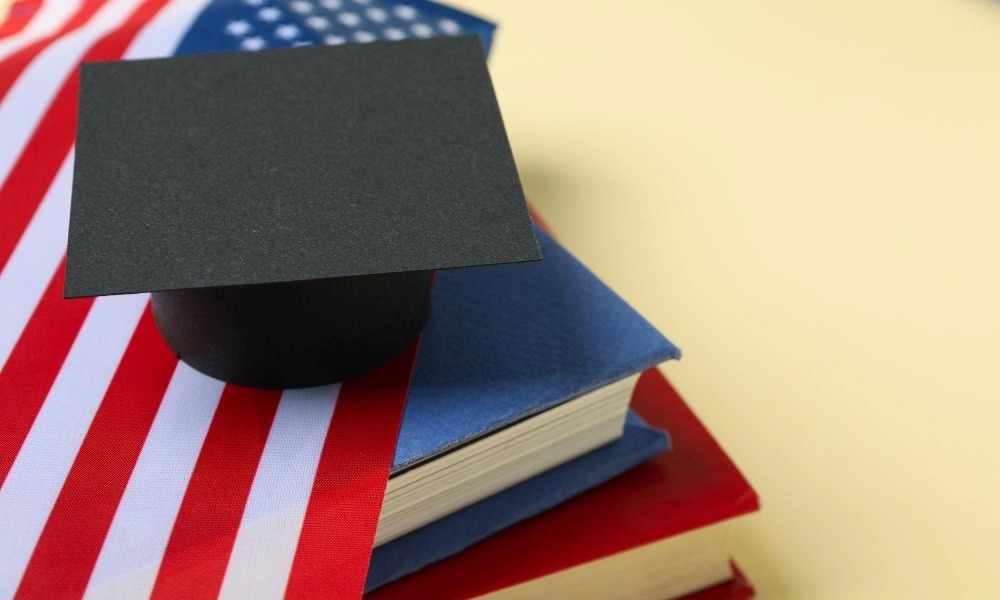
US universities offer financial support and scholarships to needy students. This is the reason why international students choose the US as their dream destination for studying abroad. Getting financial aid and scholarships lowers your tuition cost and enables you to afford a quality education.

Studying in the US provides world-class research facilities that help international students gain practical learning experience. Many Universities in the US, such as Harvard, Stanford, and MIT universities are equipped with modern laboratories, libraries, and research centers. These resources allow students to gain practical experience in their respective fields of study.

Studying in the USA gives a chance to explore iconic landmarks such as the Lincoln Memorial, the Washington Monument, the United States Capitol Liberty Bell, which provides a deeper understanding of American history and culture. You can also enjoy beautiful beaches such as Miami Beach, Clearwater Beach, and Poipu Beach Park, as well as stunning national parks like the Grand Canyon.

The USA is considered one of the most developed nations in the fields of engineering, science, and technology. Besides that, American universities are also investing hugely in modern areas of study like artificial intelligence, machine learning, robotics, and advanced manufacturing, offering both employment and research opportunities for international students.
To be eligible for studying in the United States of America, you must understand the types of Student visas offered by the US Government. There exist three main student visa types: F-1, J-1, and M-1.
Visa Types | Description |
F-1 Student Visa | To study at an authorized university or college in the United States. |
J-1 Exchange Visa | To participate in study-and-work-related programs |
M-1 Student Visa | For non-academic or vocational studies |
Note: We do not process J-1 or M-1 visas, as our focus is on academic programs through the F-1 visa. So, if you need any help with F-1 Student Visa applications, Search Education is here to help you with your study abroad journey.
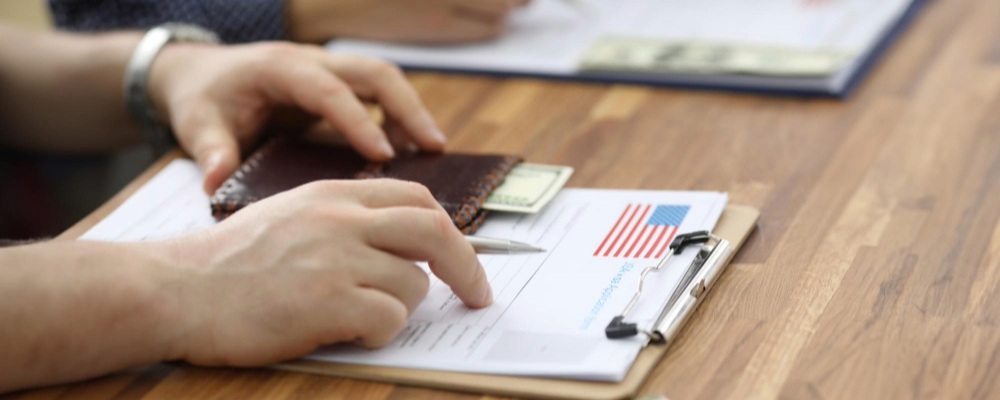
While applying from Nepal to the USA for an F-1 visa, the applicant has to prepare several legal documents based on the courses chosen and the universities to which the applicant has applied for admission. Here is a list of requirements you must know:
Note: These are the basic requirements needed to study in the USA; other detailed legal documents are also needed based on your chosen university, program, and so on.
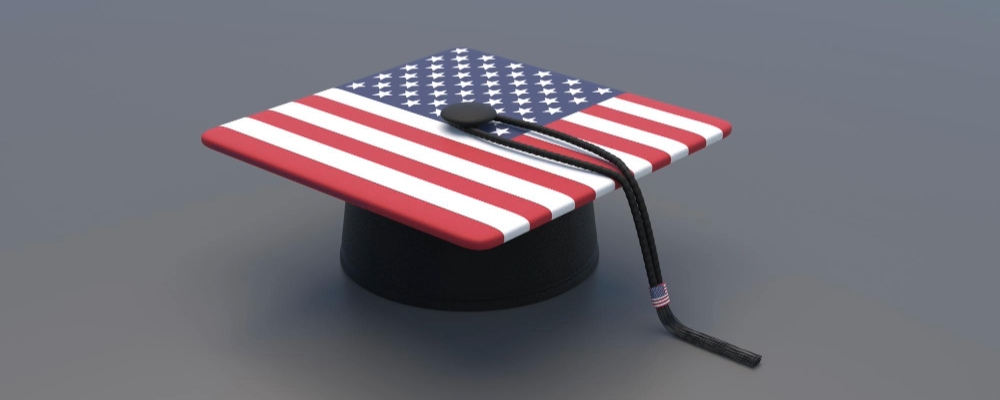
US universities provide scholarships to deserving and talented students who have financial difficulties but show great academic potential and leadership skills. A recent survey shows that each year, over 1.7 million scholarships are awarded to students, and over 55% of U.S. families use scholarships to pay for their college. Almost all of the U.S. universities have scholarship programs, and most of these universities accept students from overseas countries, too. Each university has its own set of requirements for scholarship programs. You need to take competitive tests like IELTS, TOEFL, GRE, GMAT, and SAT to apply for scholarships. However, U.S. universities don’t always look at competitive test results of students; they will also evaluate students based on academic grades, financial need, research papers, or extracurricular activities.
As a Nepalese student, here are some well-known scholarships you could apply for US study:
| Scholarship Type | Description | Coverage |
| Fulbright Foreign Student Program | Prestigious scholarship for graduate studies (Master's, PhD) | Full funding (tuition, airfare, living stipend, health insurance, textbooks) |
| Hubert H. Humphrey Fellowship | Mid-career professional development program | Tuition, living expenses, travel, and health insurance |
| AAUW International Fellowships | For women pursuing graduate or postgraduate studies | Tuition, living expenses, and travel costs |
| Rotary Peace Fellowships | Master’s programs in peace and conflict resolution | Full funding (tuition, living, travel, internship) |
| University-Specific Scholarships | Scholarships from top universities (e.g., Harvard, MIT, Stanford) | Need-based or merit-based tuition assistance |
Consult with Search Education if you are unsure of how to apply for a scholarship to study in the United States. Our experienced U.S. counselors will assist you with qualified scholarships and guide you through the entire application process, including document preparation, writing SOPs and LORs, and much more.
There are three intakes available for international students to study in the USA – Fall, Spring, and Summer intake.
Intake | Application Opening Dates | Application Timeline |
Fall Intake (August/September) | November - May | September - December |
Spring Intake (January) | July – December | January - May |
Summer Intake (May/June) | Starts from May | January - March |
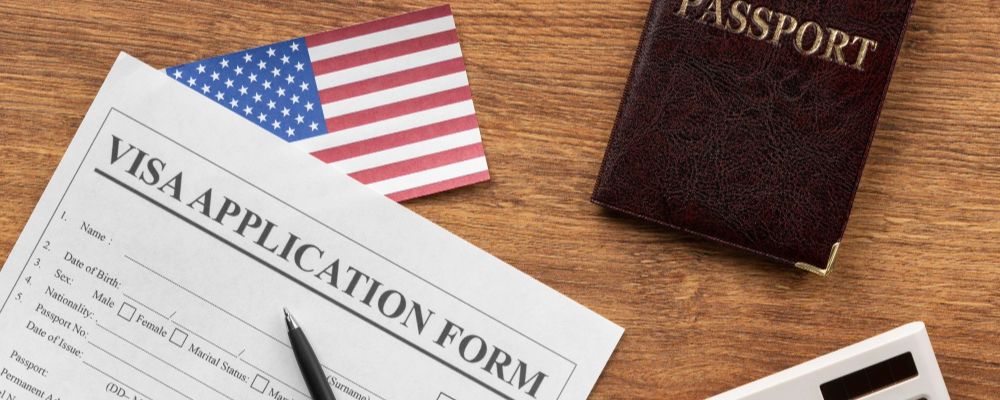
The US student visa application process for Nepali students is a multistep process, from meeting the academic and financial requirements to undergoing a visa interview and submitting an application. Here is a step-by-step, easy guide on how to apply for a US student visa.
Step 1: Get accepted by a SEVP-certified institution
Step 2: Receive your I-20 form from the University / College
Step 3: Complete your online DS-160 visa application.
Step 4: Schedule your visa interview.
Step 5: Pay your SEVIS fee.
Step 6: Prepare Required Documents
Step 7: Attend your visa interview.
After you complete your visa interview, you will be granted your F-1 visa and need to submit an F-1 student visa application. You are now ready to study in the USA!
If you need any help in preparing or submitting your application, Search Education provides application support for Nepali Students.

The cost of studying in the USA for Nepali students depends on various factors, including the institution, course chosen, location, and available funding or scholarship opportunities.
Education Types | Tuition fees in USD (Before Scholarship) |
Undergraduate / bachelor's degree | $20,000 to $50,000 per year |
Graduate programs / master's degree | $20,000 to $55,000 per year |
The cost of living in the United States for international students depends on several factors, like university location, accommodations, meals, transportation, and other personal expenses. On average, Nepali students spend around $1,200 to $1,500 per month, or $ 10,000 to $12,000 per year or more.
Here is the table that includes some of the major expenses that a student spends while living in the United States.
Expenses Type | Average Cost in USD |
Accommodation | $500 - $1000 per month |
Transportation | $50 - $150 per month |
Food | On campus: $250 per month Off-campus: $400 - $600 per month |
Insurance | $50 - $100 per month |
Books and other materials | $100 - $500 per month |
Internet | $45 - $50 per month |
Phone Subscription | $50 per month |
Entertainment | $50 - $100 per month |
Water, Trash, Sewer, etc | $50 - $75 per month |
Weekend Activities | $ 50 - $ 100 per month |
Groceries | $150 - $ 180 per month |
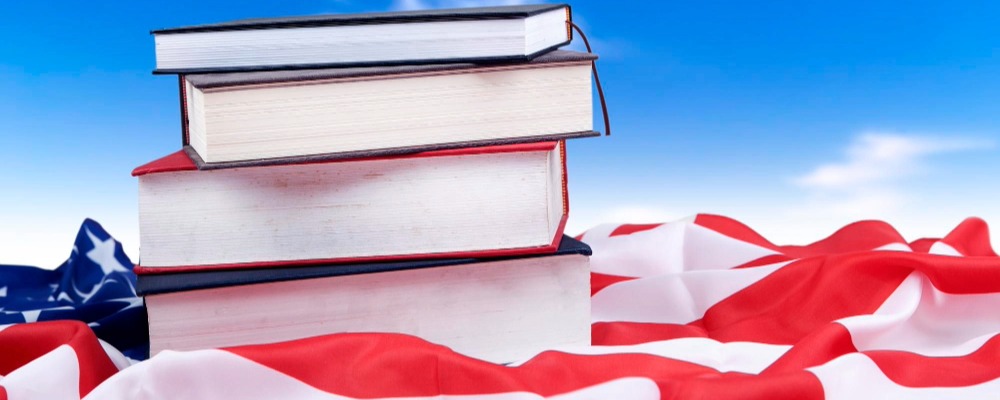
According to the U.S. News & World Report, the United States is the top destination to study abroad for International Students. There are nearly 6000 Universities and Colleges in the US offering undergraduate to PhD-level degrees for international students. US University offers various courses from Business and Finance to modern courses such as AI and Robotics. These programs are recognized all over the world, which supports career growth and opens new opportunities for overseas students.
Here is the list of courses you may choose to study in the US :
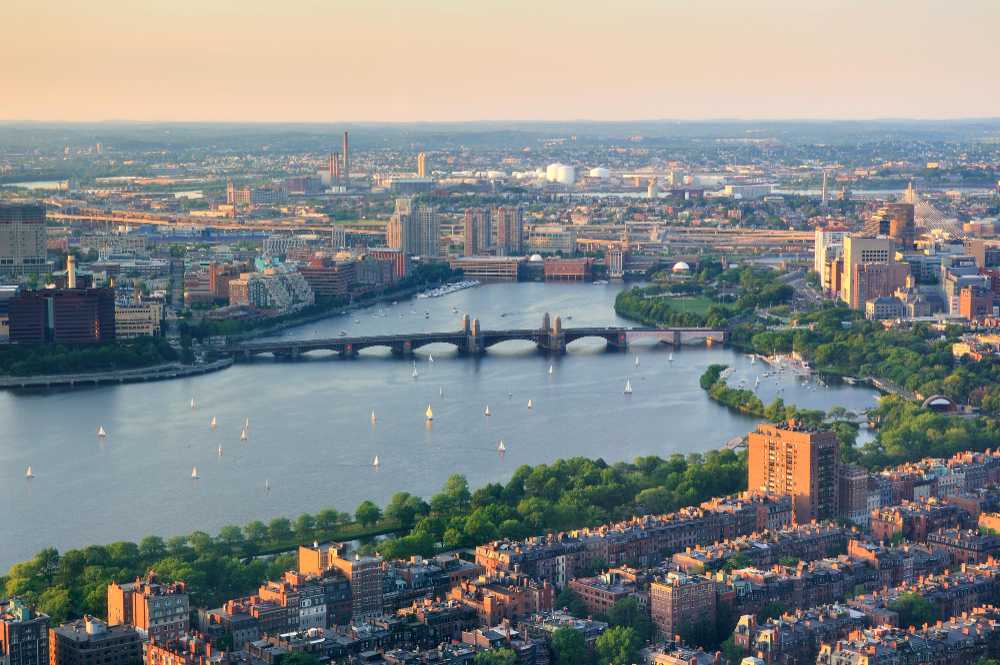
Boston used to be the capital of the American Revolution. Today, it stands as the education hub of America. It has some of the US's top-ranked universities, including Harvard, MIT, and Tufts. International students from all around the world choose Boston to pursue quality education and build strong career paths. According to the QS World Rankings, Boston holds the 16th spot among the best student cities in the world.
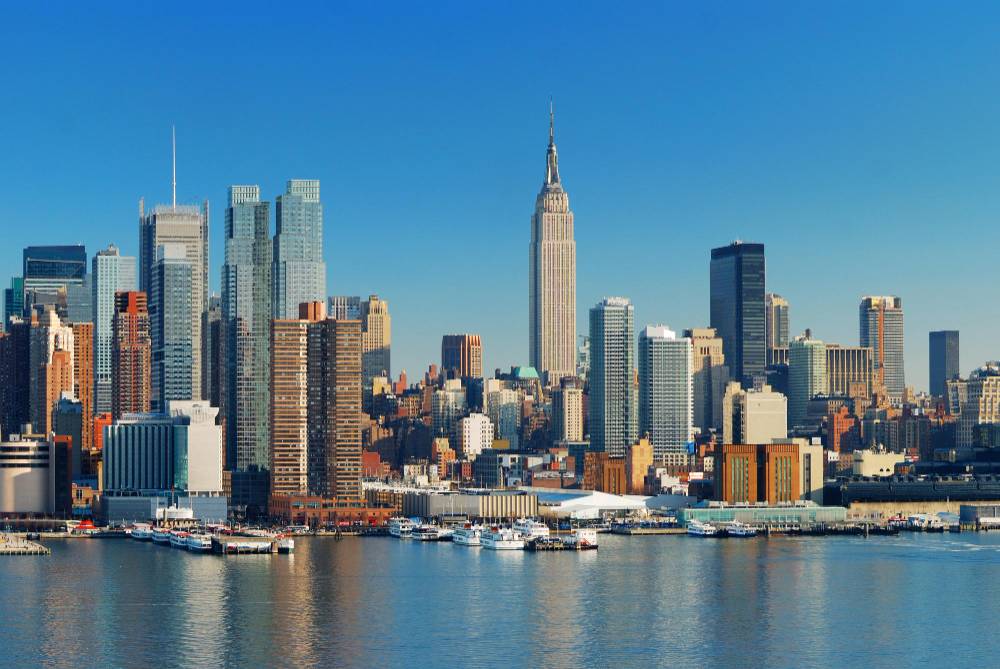
New York City is globally recognized as the financial capital of the world and renowned for its diverse culture, innovations, and creativity. Over 900,000 students from more than 110 countries came here to study. It is home to 400 colleges and universities, with top-ranked universities like New York University, Columbia University, and Cornell University. It currently holds the 18th position in QS Best Student Cities 2025.

San Francisco is one of the most popular and most visited cities in the US. It currently holds 29th position in QS's best student-friendly cities in 2025. It is home to several top universities, including Stanford University, Berkeley University, and San Francisco State University. Top companies like Apple, Facebook, and IBM have headquarters here, which attracts thousands of ambitious students around the world.

Los Angeles is one of the biggest business hubs in the US and is often called the "Creative Capital of the World." It is the heart of the American film and television industry. This city also boasts several top-ranked universities like the University of California, Los Angeles (UCLA), and the California Institute of Technology (Caltech). It currently holds 37th position in QS Best Student Cities 2025.
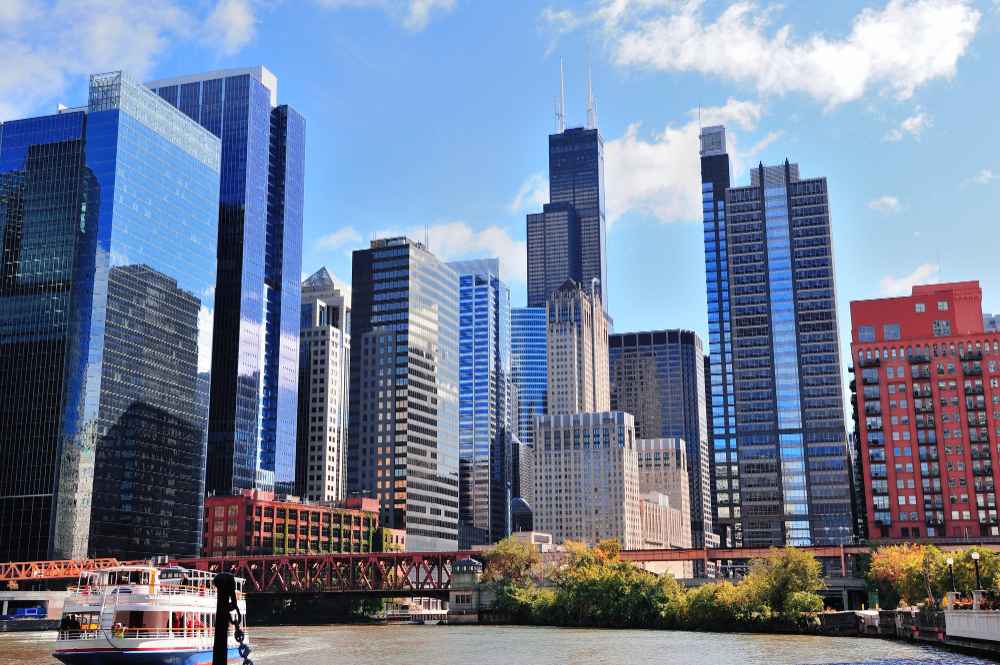
Chicago is the third most populous city in the US and is often called the "Windy City." It is a major center for finance, culture, business, education, and technology. It is home to several top universities like the University of Chicago and Northwestern University. More than 11,000 international students from over 100 countries are admitted to the University of Chicago. It holds 44th position in QS Best Student Cities 2025.
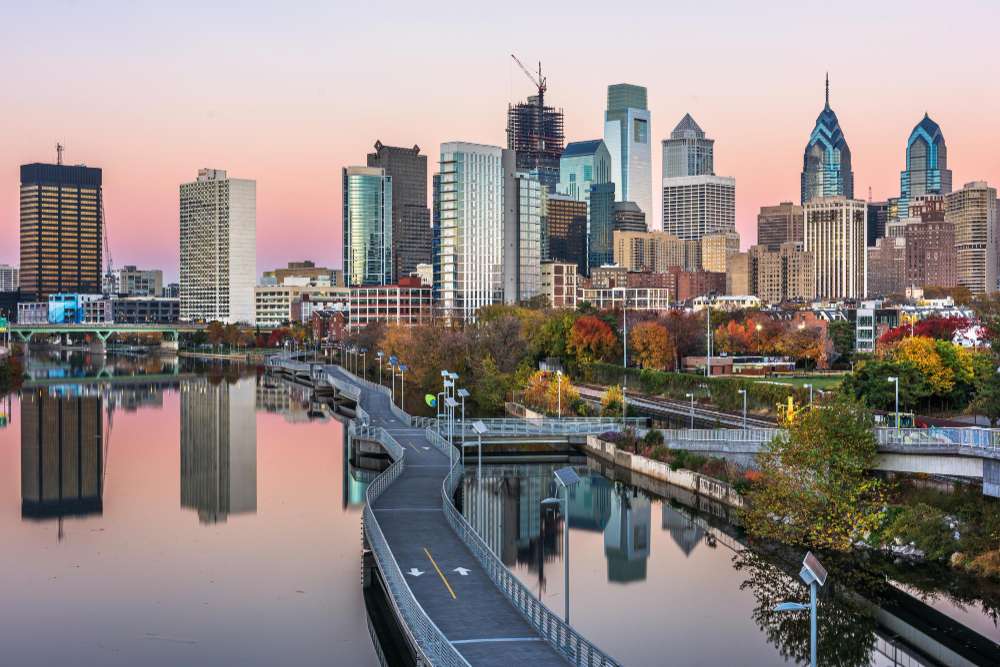
Philadelphia is known as the birthplace of the United States Declaration of Independence. Now it is a popular destination for international students. It is home to numerous and diverse college/university options, including the University of Pennsylvania, Swarthmore College, Drexel University, etc. Graduate students can start careers in tech, healthcare, finance, design, and tourism. It is ranked in 65th position in the QS Best Student Cities 2025.
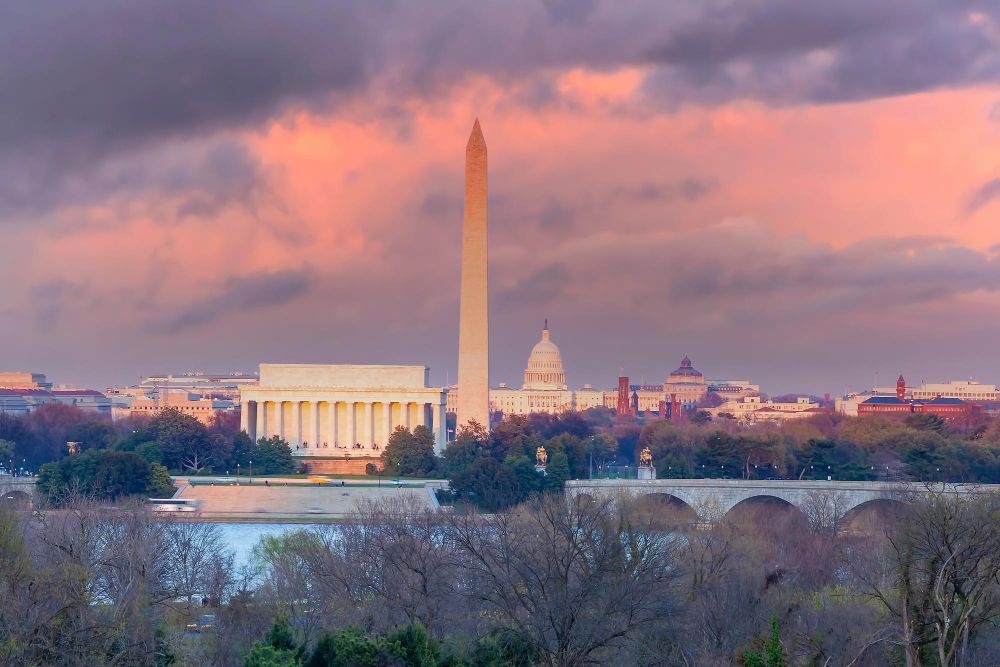
Washington, D.C., is known as the capital city of the USA and a central hub of America for political activity and international diplomacy. It is home to several top-ranked universities, including the University of Maryland, George Washington University, and Howard University. International graduates have diverse career opportunities in sectors like politics, law, finance, and tech. It currently holds 70th position in QS Best Student Cities 2025.
According to QS World University Rankings, Massachusetts Institute of Technology (MIT) is the number one university that has maintained its top position for the thirteenth year in a row, and out of the 1500 universities, over 197 are in the US.
Here is the list of top universities based on QS World University Rankings 2025:
Universities | 2025 Ranking |
Massachusetts Institute of Technology, MIT | 1 |
Harvard University | 4 |
Stanford University | 6 |
California Institute of Technology, Caltech | 10 |
University of Pennsylvania | 11 |
University of California, Berkeley | 12 |
Cornell University | 16 |
University of Chicago | 21 |
Princeton University | 22 |
Yale University | 23 |

The USA has always been considered as “land of opportunities”. Although the job market has been competitive in recent years, it still lacks skilled workers in fields like healthcare, engineering, film production, real estate, agriculture, and technology. Graduates with specialized skills are always in high demand in the United States. Many universities in the US offer internships to international students, which gives students a chance to gain valuable work experience in their field.
While studying, international students can also take on-campus jobs to help with living expenses. Students are allowed to work 20 hours per week in their academic session and full-time work during academic holidays. After graduation, students can apply for Optional Practical Training (OPT) to work in their field (valid up to 12-24 months). Some companies even offer visa sponsorships that allow students to stay longer and gain experience.
The cost of studying in USA from Nepal depends upon various factors such as universities chosen, course taken, location, and available funding or scholarship opportunities. On average Nepali students are estimated to pay around $20,000 to $50,000 per year (scholarship not included) on tuition; other additional costs include accommodation, living expenses, transportation, food and many more.
To apply for the F-1 U.S. student visa from Nepal, you must be financially able to pay for the first year's tuition fee along with living and miscellaneous expenses. You must show a bank balance of at least $25,000 to $50,000 or more, based on the university, program, and location.
Following are some of the most in-demand Government scholarships you can apply to:
You can apply for a student visa without IELTS, but US universities ask for at least one English language proficiency. There are many IELTS alternatives available such as PTE, TOEFL or Duolingo, which are accepted by many universities to demonstrate your English language skills.
You must score a minimum of 50%-60% in your undergraduate/bachelor's degree to study a master program in USA. However, some universities may require 65% or above. If you have strong GRE/GMAT scores, English proficiency test scores, (IELTS, PTE, or TOEFL), research papers, and a strong application, then you can get a chance to study at top universities of US even with your lower grades.
The minimum grade required to acquire a scholarship is 3.0 GPA out of 4.0 scale on your high school or undergraduate degree. Generally, a high GPA doesn’t always guarantee a full scholarship. In fact, Universities will also look for other core areas like standardized tests (such as GRE, SAT, GMAT), research papers, and other extracurricular activities.
Yes, Nepali students can obtain Permanent Residency (PR) in US through several pathways:
The Fall intake (August or September) is the preferred intake for Nepali students. In this intake, many universities offer a wide selection of courses and scholarship opportunities.
Nepali students working part-time on campus in US usually make between $12.48 and $19.88 per hour. Normally, international students are allowed to work up to 20 hours per week during the school year and up to 40 hours during breaks.
The time taken to process the visa for Nepalese students depends on a lot of factors, including volume of applicants, individual circumstances, and other specific requirements. Therefore, it is important to note that the earlier you book your appointment, the more likely you are to be able to get the interview date and time you want. Following this, after the visa interview, the processing time for Nepalese students normally takes three working days.
© 2025 SearchEducation | All Rights Reserved.